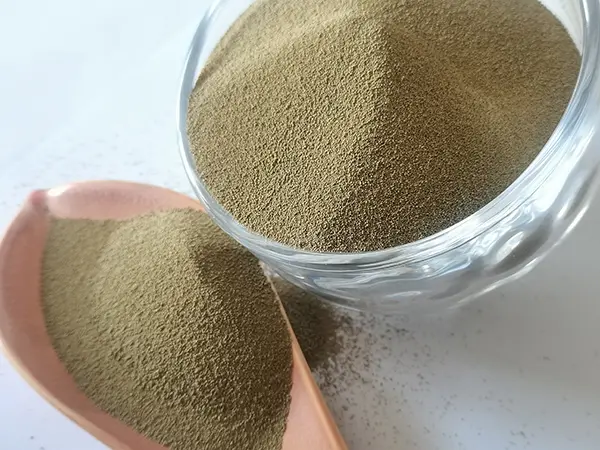

After casting, the cooling process must be managed carefully. Rapid cooling can lead to thermal stress and potential cracking, so controlling the cooling rate is vital. Employing tried-and-tested cooling practices can prevent such issues, ensuring that the metal forms correctly within the mold. Once the object is cool, it is removed from the sand mold, a process called shakeout. Despite advancements in automation, many artisans rely on manual methods to ensure the cast is undamaged during this step. Furthermore, post-processing stages like shot blasting or grinding are critical to achieving the desired surface finish and dimensions of the end product. Quality control is another area where trustworthiness is built. Using non-destructive testing methods such as X-ray or ultrasonic testing can detect internal flaws undetectable by the naked eye. This proactive approach not only guarantees high-quality products but also builds a brand's credibility in delivering precise and reliable metal components. Finally, sharing your knowledge and insights about the sand casting process can significantly enhance your website's SEO performance. By publishing case studies, providing tutorials, and consistently updating content with the latest industry trends and innovations, you appeal to a broad audience seeking expert guidance. Aligning your content with real experiences and authoritative information establishes you as a trusted leader in the sand casting domain, effectively meeting Google's E-E-A-T criteria. Embracing the subtleties of sand casting and sharing this expertise through well-crafted online content not only enriches your audience's knowledge but also strengthens your standing as an authority in the industry. By focusing on experience, expertise, authoritativeness, and trustworthiness, you broaden your reach, solidify your reputation, and optimize your website for better visibility on search engines. Post time:Vas . 15, 2025 07:05
Next:Spherical Ceramic Sand for Foundry
